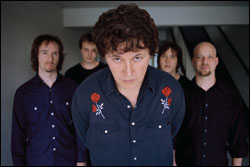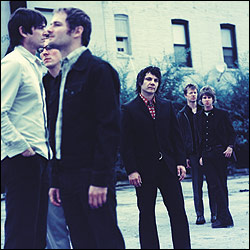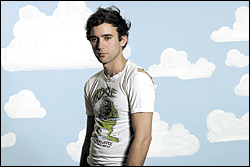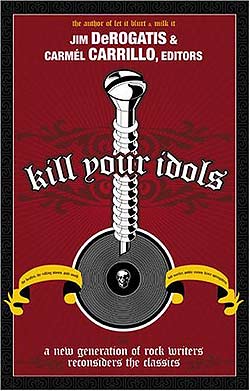- Emil Richards, “Sapphire (September)” (Uni; 1967).
- The Zodiac (Mort Garson and Jacques Wilson), “Aries—the Fire-Fighter” (Elektra; 1967).
- The Electric Flag, “Flash, Bam, Pow” (Curb; 1967).
- Perrey & Kingsley, “The Savers” (Vanguard; 1967).
- The Monkees, “Star Collector” (Colgems; 1967).
- The Doors, “Strange Days” (Elektra; 1967).
- Paul Beaver and Bernard L. Krause, “Peace Three” (Nonesuch; 1967).
- The Byrds, “Natural Harmony” (Columbia; 1968).
- Simon & Garfunkel, “Save the Life of My Child” (Columbia; 1968).
- The United States of America, “Hard Coming Love” (Columbia; 1968).
- Wendy Carlos, “Sinfonia to Cantata No. 29” (Columbia; 1968).
- Dick Hyman, “The Minotaur” (Command; 1969).
- Abaco Dream, “Cat Woman” (A&M; 1969).
- Hugo Montenegro, “Moog Power” (RCA Victor; 1969).
- Martin Denny, “Quiet Village” (Liberty; 1969).
- Bread, “London Bridge” (Elektra; 1969).
- The Beatles, “Here Comes the Sun” (Apple; 1969).
- Jerry Yester and Judy Henske, “Farewell Aldebaran” (Straight; 1969).
- Lothar and the Hand People, “Space Hymn” (Capitol; 1969).
While considerably more accessible than something like the behemoth RCA synthesizer, the late Robert Moog’s first modular synthesizer, developed in 1964, was still not an instrument someone could just sit down and play. Moogs were essentially monophonic, were awfully sensitive to temperature changes, and required hours of knob twiddling and wire connecting to get “musical” sound from them. (Buchla Boxes, developed in 1965 with the needs of the contemporary composer in mind, didn’t even come with keyboards, thereby limiting their pop appeal, though they were used in psychedelic events starting in 1966.) The sorcerer’s knowledge required to operate the things might explain why it took about three years before Moogs appeared on pop records (though PAMS of Dallas and Eric Siday were using them in their jingle work well before), starting with the apostolic session work of Paul Beaver and Bernie Krause. They sold the machines at a booth at the Monterey Pop Festival in June 1967, and as word spread, the two started popping up Zelig-like on record after record—Beaver alone appears on nine of the above tracks, maybe more.
Not created as pop music but received as such, Wendy Carlos’ lovely Switched-On Bach accelerated the process even further, with a rash of largely unsold Moogsploitation albums following in its wake. Whereas Carlos painstakingly shaped, performed, stitched together, and overdubbed every sound on Switched-On Bach, something like Hugo Montenegro’s “Moog Power” uses the Moog for bubbles of bass, leaving most of the heavy lifting to what’s probably a clavinet. Robert Moog partly blamed the cash-ins for exposing his company to a vicious boom-crash bell curve, yet the synth music relegated to the cut-out bin—as well as psych-collector-scum crates—can seem like long-suppressed prophecy compared to the more tentative outings from rock aristocracy like the Doors or the Dead. Songs as unhip as the Monkees’ “Star Collector” could have melodic lines that’d be unreleasably out there if performed by a saxophone, but were OK coming out of a Moog because, after all, they’re supposed to sound weird, right? Likewise, the skree-scarred “Hard Coming Love” (graced with a Durrett, not a Moog, by the way) and the creepy B-side funk of “Cat Woman” unwittingly prefigured some aspects of post-punk before punk itself. And while folks like Perrey & Kingsley may have been pure cheese, their electronic squeaks and farts helped codify the sonic language of cheddar exploited so audaciously in hardcore techno and its brethren decades later.
Michael Daddino is a freelance writer in New York.








